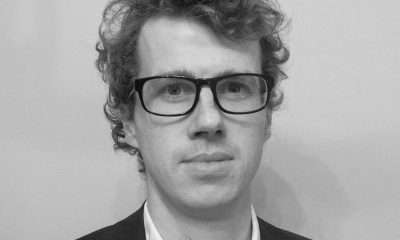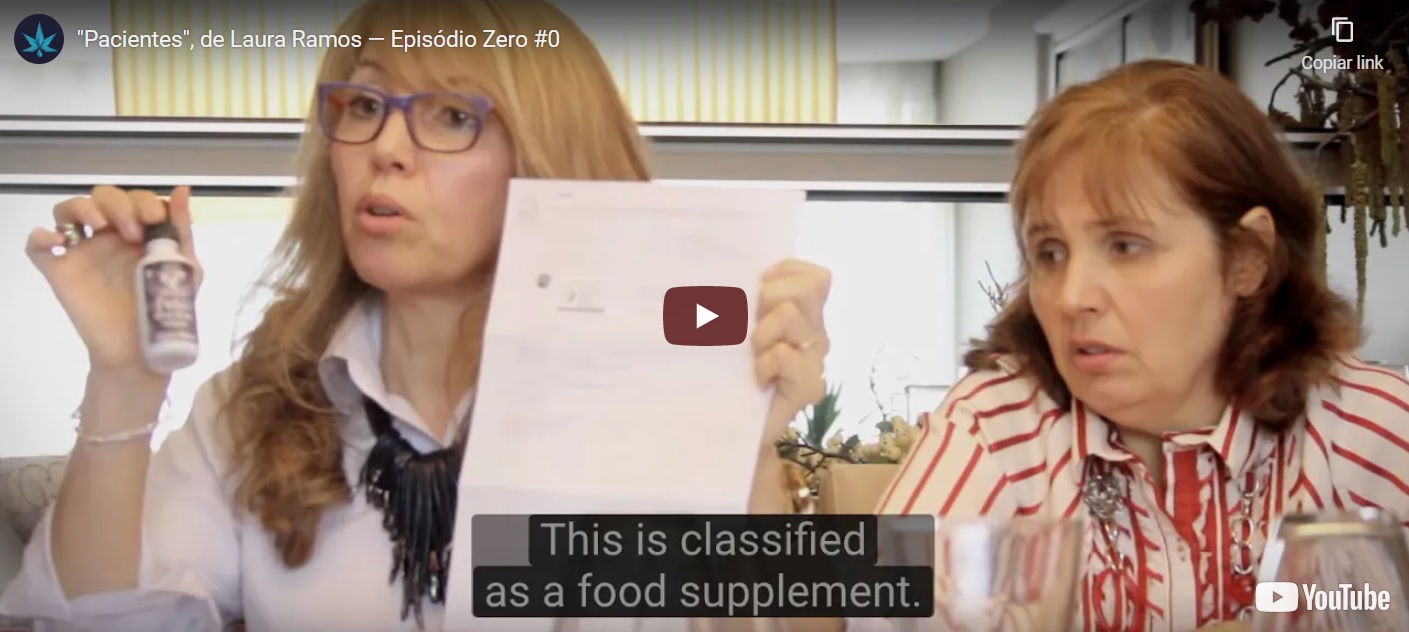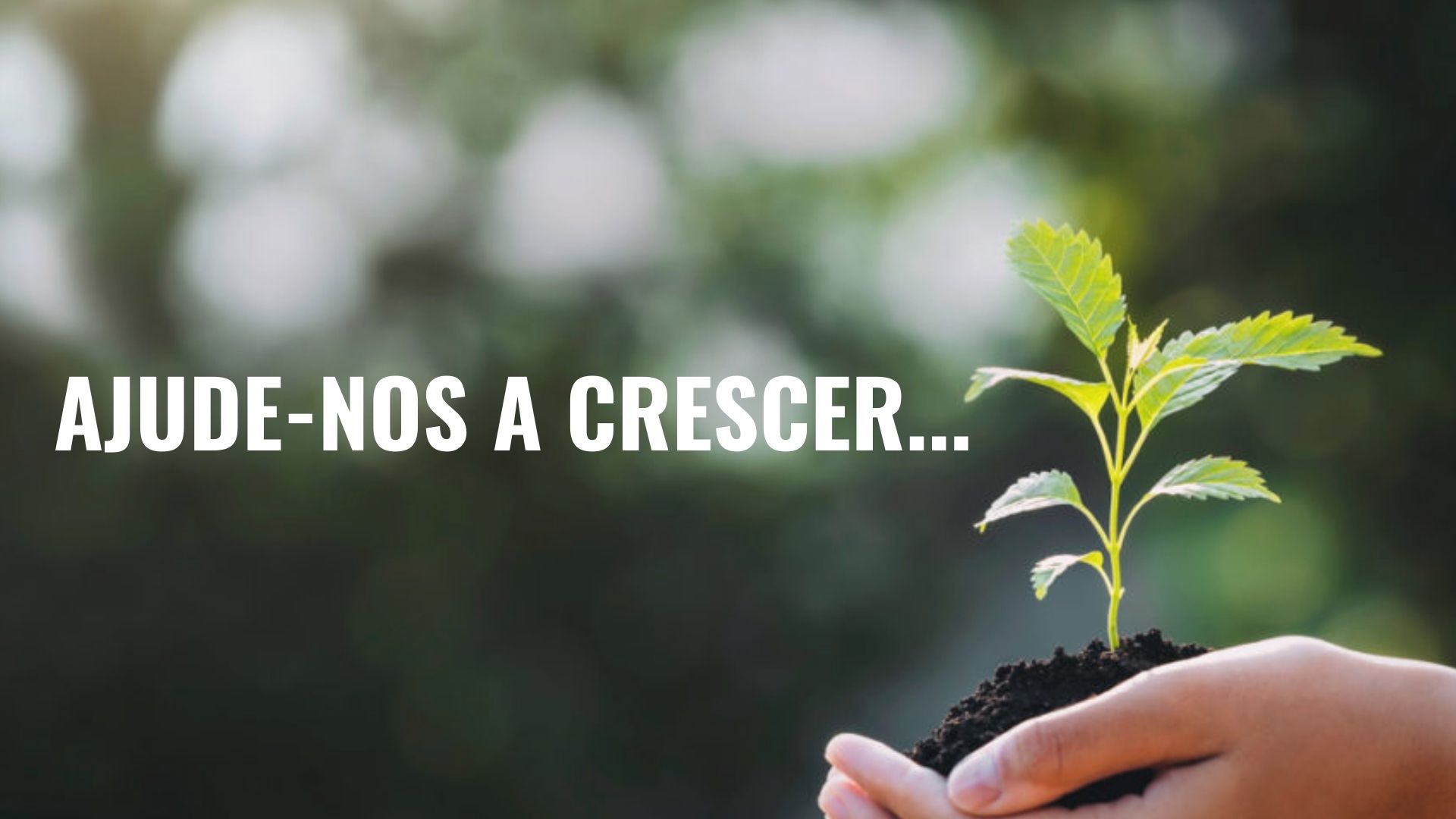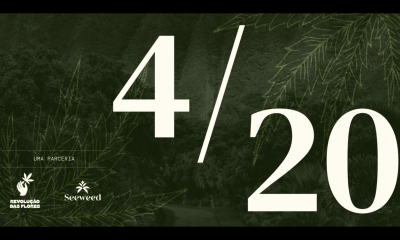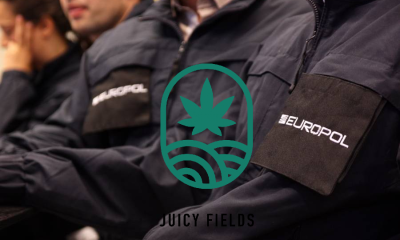Some 40 years ago the researcher Telmo Verdelho (1943-), focused on the regulation of a royal trading post dating from 1656, published an interesting article on hemp growing in Torre de Moncorvo in a regional magazine (Brigantia). At a time when there was a certain proliferation of the consumption of “raisin”, attributed to the arrival of the “returnees” from the ex-overseas, it didn’t take much for a more astute journalist, linked to ANOP, to make fun of the topic and spread the word about it. news: “300 years ago: D. João IV ordered the planting of liamba near Moncorvo”! – Let it be said in passing that the title caused a certain hives among the “good people” of the borough…
The subject had already fallen into oblivion when, in an appendix to the Portuguese edition of the work of Jack Herer (1939-2010) The emperor wears no clothes (1985), Luís Torres Fontes and João Carvalho introduced a box entitled “The Portuguese capital of cannabis”, referring to Torre de Moncorvo (in the king goes naked, update of the 2nd ed. Portuguese, Nov. of 2002). As it is a somewhat “specialized” literature, the title passed by the local decision-makers, but even if it came to their attention it would obviously be discarded, not only because of a possible “bad image”, but also because there was no prospect of any future in a “product ” which was definitely past. Furthermore, this Tramontane municipality was committed to creating a brand image more centered on the dormant iron ores of the Roboredo mountain range, having coined the slogan “Torre de Moncorvo, where iron is the soul of the earth”.

Church of Torre de Moncorvo. Photo: Nélson Campos Rebanda
It is true that the iron ores of Moncorvo have been known and exploited for sure since Roman times, but with many intermittences, and we suppose that their weight in the regional economy has always been somewhat residual, considering the poor quality of the hematites and the scarce presence of magnetite. Even within the framework of post-industrial revolution industrialism, after great expectations aroused from the second half of the 1617th century onwards, the most that occurred was about a decade of profitable extraction, followed by two decades of agony and the closure of this mining cycle. . Apparently the local history of hemp was more successful and much more impactful, to the point of having created a factory in XNUMX, which controlled all regional production for more than a century. What's more, it is known, from the property and property register, that the factory of the mother church never owned blacksmiths, however it owns vast hemp plantations, in the Vilariça valley, as we will see later.
Strictly speaking, it is not known when hemp was introduced in this region. Would it still be during the Arab occupation, prior to the “Christian reconquest”? Would it be after the formation of nationality, during the first Portuguese dynasty, by the hand of the industrious Jewish community? If this happened, the culture would have no expression, coexisting with linen, but for coarser textile applications.
Portugal produced hemp on a large scale in the XNUMXth century. XV
For sure, because this has been documented, production in scale appears in the 1439th century. And it seems that it was even too much, considering the complaints that the prosecutors of the municipality of Torre de Moncorvo presented to D. Afonso V, in the courts of XNUMX: “in this village there is a stream called Vilariça, in which men work many alcanave linens [inferred: “al cannabis” – emphasis added] beyond reason, in such a way that because of the said flax they plow so much they get sick and die before their time.”. And yet to the detriment of other cultures, as they add: “Also, because of the said flax they let the vines die and they stop working the bread [cereal] and the land goes uphill. Therefore, we ask you, by mercy, to order them to punish anyone who plows more than ten bushels of linseed, to pay that penalty that your mercy sends.…” (Alves 2000, IV)
Later, in the chapters of the courts of D. Afonso V, of July 7, 1459, it is said again: “In this village there is a stream called Sabor and Vilariça. And all the residents have no other repair or work. And every year it is plowed and sown with wheat, barley, corn, azaburro and endless flax. reach and Galician” (cited work).

The canameiras of Vilariça. Photo: Nélson Campos Rebanda
They added that the town of Torre de Moncorvo was very popular with travelers, so it lacked provisions of bread and barley, but there were none because of the euphoria of the so-called “alcanave” flax. As we know, hemp was used for the manufacture of rigging for the caravels and ships of the royal fleets, and it is surprising that there is such great demand, even in this somewhat embryonic phase of the company of “discoveries”. Was Vilariça, at the time, the only supplying space? What is certain is that the intensive cultivation of hemp represents, in this region, the first documented case of an “industrial” culture on a large scale, in addition to the “Galician linen”, used in fabrics for common use. The special conditions for increasing this production here, especially in the lower Vilariça valley, were due to the fertility of the alluvial soils, associated with the Mediterranean-type microclimate, with high temperatures in the summer and milder in the winter. Fields were fertilized naturally, annually, due to a hydrological phenomenon locally known as “rebofa”: the valley was largely flooded during the great floods because there was a backflow of the Sabor waters, plus the flooding of the Ribeira da Vilariça, as they collide with the impetus of the Douro that twists here in a tight meander. The persistence of soil moisture after these floods was another favorable condition for the cultivation of hemp.
Hemp flax and canameiras from Vilariça
In the mid-sixteenth century, the choreographer João de Barros, when passing through the Vilariça valley on his way to Torre de Moncorvo, observed that there were “lots of bread[cereal] and a lot of hemp flax.” Arriving at the village, among other things, he says that a grandiose church is under construction, “from boveda” [vault], which had been started for forty years and was still not finished, despite continuous work on it (J. de Barros 1919).
Also the chanter of the cathedral of Évora, Manuel Severim de Faria, when crossing the region in 1609, says that“the main farm of this land is hemp flax, of which it is harvested a lot and plowed in several pieces, it tempers all parts of the kingdom.”. The mother church was in the final stage of construction, and the traveler commented that once it was finished “will be outstanding work” (Serrão 1974).
Considering that the XNUMXth century is marked by the construction of the Portuguese maritime empire, the growing need for hemp for the rigging and rigging of the ships sailing to the Indies and, later, to Brazil, as the kingdom did not have an abundance of land with the excellent conditions of the Vilariça valley, makes its “courelas” (arable plots perpendicular to the river bed and stream) specially equipped for this purpose. Are the “canameiras” (hemp fields).
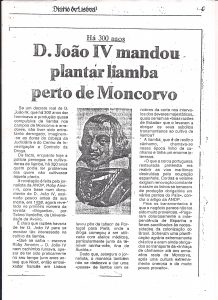 It so happens that these first-class lands, “canameiras” or others, were the property of the great lords of the land, or of important institutions, such as the Church or the Municipality (municipality), leased to farmers. In this case, because the Municipality had every interest in the construction of the great temple that would be the mother church, a rich “courela”, that of Quinhões, was allocated to the work, with an annual income of two hundred thousand réis. This is in addition to nine more “Cameira” courelas that the Church of Santa Maria (Paris of Torre de Moncorvo) had, in 1592, in the lower valley of Vilariça, according to a fall of the properties then carried out. The document mentions the amount of seed that each plot contained, with a total of around 50 bushels of sowing, equivalent to 32.750 liters of seed, or a little less, depending on the years, since two of the courelas alternated in the sowing of hemp. and wheat. Taking into account the exceptional productivity of these lands, where each hemp plant exceeded the height of a man on horseback (in the words of a XNUMXth century choreographer), one can get an idea of the annual wealth collected. Thus, we believe it is worth mentioning the contribution of this revenue – together with other income and possible royal contribution – to the construction of the grandiose Nossa Senhora da Assunção church, matrix of Torre de Moncorvo, as he intuited, already in the XNUMXth century. XIX, the art historian Joaquim de Vasconcelos, in an article about hemp: “With the money that flax, hemp, and the modest silkworm earned, the people of Moncorvo built their majestic Renaissance cathedral” (J. Vasconcelos 1983). If the silkworm here, at the time, still didn't count for much for the “championship”, already in terms of hemp there is a great deal of truth...
It so happens that these first-class lands, “canameiras” or others, were the property of the great lords of the land, or of important institutions, such as the Church or the Municipality (municipality), leased to farmers. In this case, because the Municipality had every interest in the construction of the great temple that would be the mother church, a rich “courela”, that of Quinhões, was allocated to the work, with an annual income of two hundred thousand réis. This is in addition to nine more “Cameira” courelas that the Church of Santa Maria (Paris of Torre de Moncorvo) had, in 1592, in the lower valley of Vilariça, according to a fall of the properties then carried out. The document mentions the amount of seed that each plot contained, with a total of around 50 bushels of sowing, equivalent to 32.750 liters of seed, or a little less, depending on the years, since two of the courelas alternated in the sowing of hemp. and wheat. Taking into account the exceptional productivity of these lands, where each hemp plant exceeded the height of a man on horseback (in the words of a XNUMXth century choreographer), one can get an idea of the annual wealth collected. Thus, we believe it is worth mentioning the contribution of this revenue – together with other income and possible royal contribution – to the construction of the grandiose Nossa Senhora da Assunção church, matrix of Torre de Moncorvo, as he intuited, already in the XNUMXth century. XIX, the art historian Joaquim de Vasconcelos, in an article about hemp: “With the money that flax, hemp, and the modest silkworm earned, the people of Moncorvo built their majestic Renaissance cathedral” (J. Vasconcelos 1983). If the silkworm here, at the time, still didn't count for much for the “championship”, already in terms of hemp there is a great deal of truth...
It remains to be mentioned that, apparently, this production was not manufactured in the region. The 1617th century sources are silent, but it can be assumed that only the preparation of hemp was done locally, with the raw material then sent to the royal ropeworks in Porto and Lisbon. It is known that in 2003, King Filipe III (IV of Spain), signed a contract with a private supplier, Diogo Henriques Pereira (by his nickname, “new Christian”), resident in Torre de Moncorvo, for the regular supply of the warehouses of the Casa from Guinea and India (N. Rebanda 1656). The foundations were laid for the royal factory that would be regulated by D. João IV in 1981, then transformed into a crown monopoly (Telmo Verdelho XNUMX). But as my friend Joel Cleto would say, this is another story…
Sources and Works consulted:
Alves, Francisco Manuel, Abbot of Baçal, Archaeological-historical memories of the district of Bragança, volume IV. IPM-Municipal Council of Bragança, 2000.
Barros, John of, Geography of Entre Douro e Minho and Trallosmontes. Porto Municipal Library, 1919.
Gentleman, Eugenio; Rebanda, Nelson, The parish church of Torre de Moncorvo. João Azevedo editor. mirandela, 1998
Rebanda, N. Campos, “Evolution of the agrarian landscape in the Douro Superior”. Live and Know How. Traditional technologies in the Douro region. Douro Museum, Peso da Régua, 2003.
Serrao, J. Verissimo, Travels in Portugal by Manuel Severim de Faria – 1604, 1609, 1625. Lisbon, 1974.
Vasconcelos, Joaquim de, “Tissues of linen”, Comércio do Porto, 26.08.1886, in “Portuguese industries”, ed. IPPC, Lisbon 1983
Verdelho, Telmo, “The cultivation of hemp in Moncorvo”, Brigantia, vol. 1, no. 0, January-March 1981, p. 7-15
Documentation:
ADB (Braga District Archive) – Tomb of the properties of the beneficiaries of this church in the town of Torre. Letter Drawer, doc. 4, 1592, fl. 267v-270 (transfer)
ADB (Braga District Archive) – Tomb of the properties of the church of Santa Maria da Torre de Moncorvo. General Register, book 65, 1708.06.27, page 2-6v.
_______________________________________________________________
* Nélson Campos Rebanda is Responsible for the Archaeological Project of the Moncorvo Region, Portugal
Note: the author writes according to the old spelling
Article originally published in #3 of Cannadouro Magazine
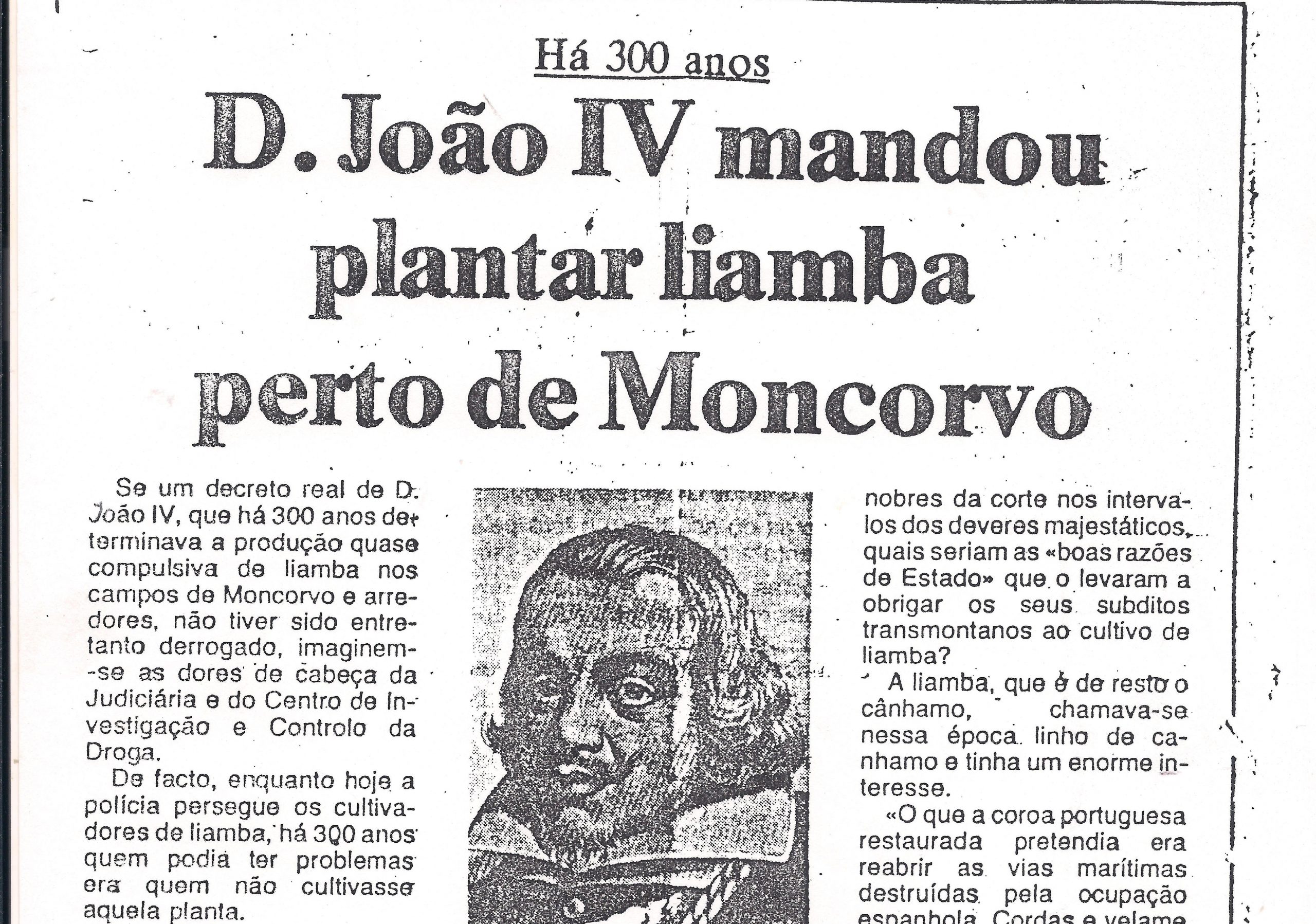







 It so happens that these first-class lands, “canameiras” or others, were the property of the great lords of the land, or of important institutions, such as the Church or the Municipality (municipality), leased to farmers. In this case, because the Municipality had every interest in the construction of the great temple that would be the mother church, a rich “courela”, that of Quinhões, was allocated to the work, with an annual income of two hundred thousand réis. This is in addition to nine more “Cameira” courelas that the Church of Santa Maria (Paris of Torre de Moncorvo) had, in 1592, in the lower valley of Vilariça, according to a fall of the properties then carried out. The document mentions the amount of seed that each plot contained, with a total of around 50 bushels of sowing, equivalent to 32.750 liters of seed, or a little less, depending on the years, since two of the courelas alternated in the sowing of hemp. and wheat. Taking into account the exceptional productivity of these lands, where each hemp plant exceeded the height of a man on horseback (in the words of a XNUMXth century choreographer), one can get an idea of the annual wealth collected. Thus, we believe it is worth mentioning the contribution of this revenue – together with other income and possible royal contribution – to the construction of the grandiose Nossa Senhora da Assunção church, matrix of Torre de Moncorvo, as he intuited, already in the XNUMXth century. XIX, the art historian Joaquim de Vasconcelos, in an article about hemp:
It so happens that these first-class lands, “canameiras” or others, were the property of the great lords of the land, or of important institutions, such as the Church or the Municipality (municipality), leased to farmers. In this case, because the Municipality had every interest in the construction of the great temple that would be the mother church, a rich “courela”, that of Quinhões, was allocated to the work, with an annual income of two hundred thousand réis. This is in addition to nine more “Cameira” courelas that the Church of Santa Maria (Paris of Torre de Moncorvo) had, in 1592, in the lower valley of Vilariça, according to a fall of the properties then carried out. The document mentions the amount of seed that each plot contained, with a total of around 50 bushels of sowing, equivalent to 32.750 liters of seed, or a little less, depending on the years, since two of the courelas alternated in the sowing of hemp. and wheat. Taking into account the exceptional productivity of these lands, where each hemp plant exceeded the height of a man on horseback (in the words of a XNUMXth century choreographer), one can get an idea of the annual wealth collected. Thus, we believe it is worth mentioning the contribution of this revenue – together with other income and possible royal contribution – to the construction of the grandiose Nossa Senhora da Assunção church, matrix of Torre de Moncorvo, as he intuited, already in the XNUMXth century. XIX, the art historian Joaquim de Vasconcelos, in an article about hemp: 